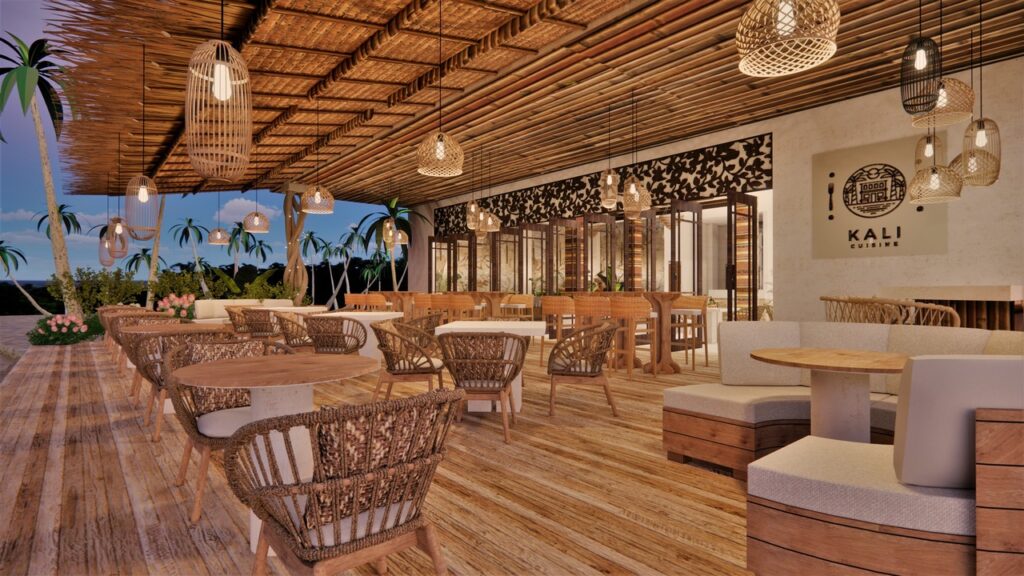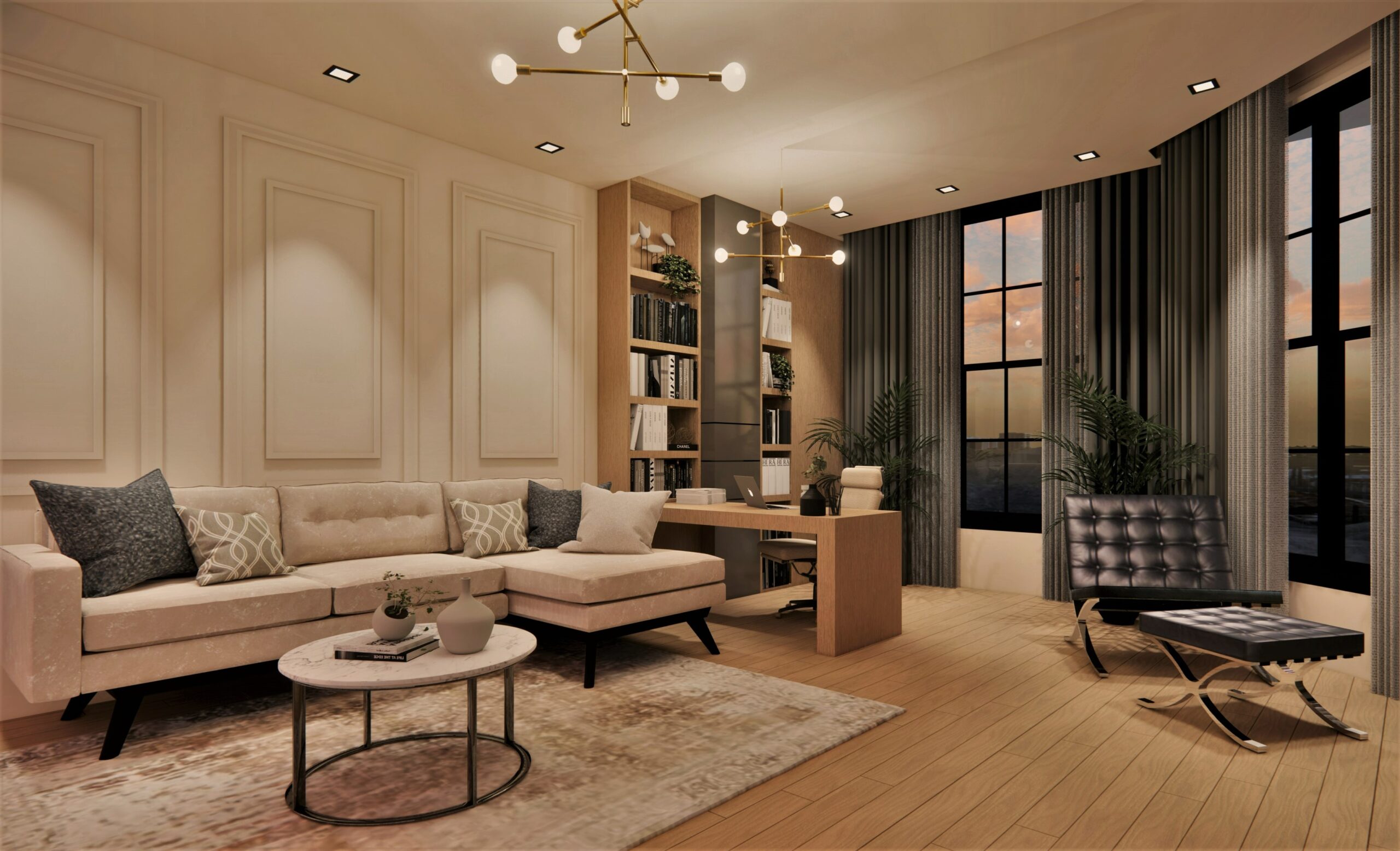After what we’ve been through during the past several years, one of the country’s leading interior design schools has seen it fit to reflect the world we live in through interior designed spaces that incorporate trends in the new normal.
True to its mission of providing the public with relevant and responsive spaces that reflect the times we live in, from our needs and wants down to our lifestyles and prevailing materials and trends, the graduating class of the Philippine School of Interior Design (PSID), as a part of the school’s annual graduation exhibit, will be presenting arrangements the incorporate the “new normal.” This theme, which will be on full display during the entire month of October at Greenfield Tower in Madaluyong, encompasses residential, commercial and institutional spaces, which continue to undergo ingenious and sometime radical transformation based on our recent collective experiences.
Restaurants, for instance, are reconfiguring their layouts for safer dining experiences, while offices are being designed to balance safety and collaboration. Personal sanctuaries have evolved to blend home and work aspects creatively, underscoring that a beautiful and safe space is no longer just a luxury but a necessity.
Here are five prevailing post-pandemic trends in the interior design scene, revealing interior design’s true essence of meeting essential human needs that go beyond mere aesthetics.

Kali, a restaurant in Siargao, design and render by Michelle Bagro
1. Future-Proofing
One aspect coming into sharp focus is the future-proofing of homes and public spaces. This is making an object, like furniture, or systems, such as a layout and arrangement, unlikely to become obsolete in the future, through reinvention, renovation or purchase. People are realizing the importance of adaptability in the face of unforeseen challenges. It is becoming crucial to be prepared for any possible occurrences and ensure that these spaces possess the adaptability to smoothly adjust and address evolving needs.
2. Innovative Technology Integration Smart technology is becoming a game-changer in interior design, as it allows for contactless solutions. From automated lighting, doors and smart appliances to touchless faucets, technology is becoming an indispensable ally in creating safe and efficient spaces that can also stand the test of time.

Home décor, design and render by Michelle Bagro
3. Strategic Ventilation
Designers are gaining a deeper appreciation for the significance of hygiene and safety protocols, with ventilation systems and air purifiers taking the spotlight to defend against airborne viruses while improving indoor air quality for better health. Proper air circulation is also emerging as a crucial aspect in influencing human behavior, including stress reduction and increased productivity, becoming a focal point in design considerations.
4. Social Distancing Layouts
Social distancing principles are also guiding careful and deliberate layout planning, not only ensuring physical safety but also creating a more comfortable coexistence within the space. Objects within homes, businesses and public areas are reducing as they are starting to be multi-functional. In addition, they are becoming more compact to maximize and expand the breathing room between individuals.
5. Hobby Accommodation
Many people are discovering new hobbies they never considered before– from gardening to baking, yoga, arts and crafts, and even starting small businesses at home. Interior design is coming out as a powerful tool, capable of accommodating these creative pursuits, developing positive emotions, promoting mindfulness, and instilling a sense of security.
A new era of interior design awaits— where functionality meets style, and the goal is to navigate through life with ease. See actual post-pandemic interior design ideas at “Phusion,” the PSID’s Class of 2023 graduation exhibit slated for the whole month of October at the Greenfield Tower in Mandaluyong City.





